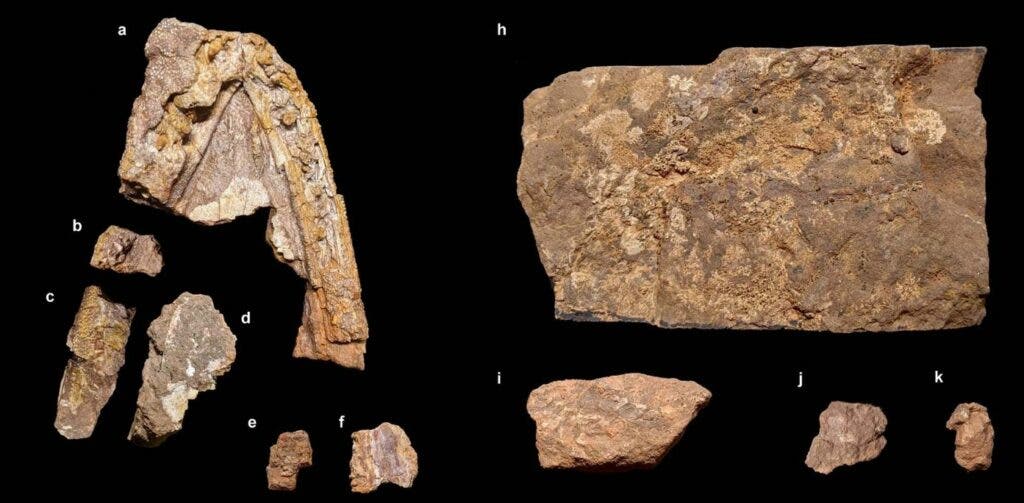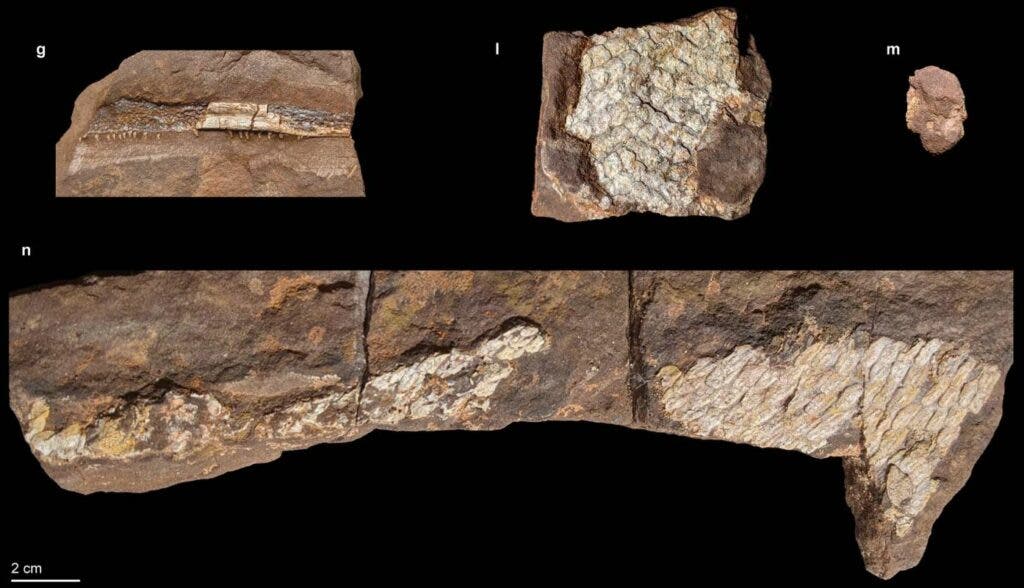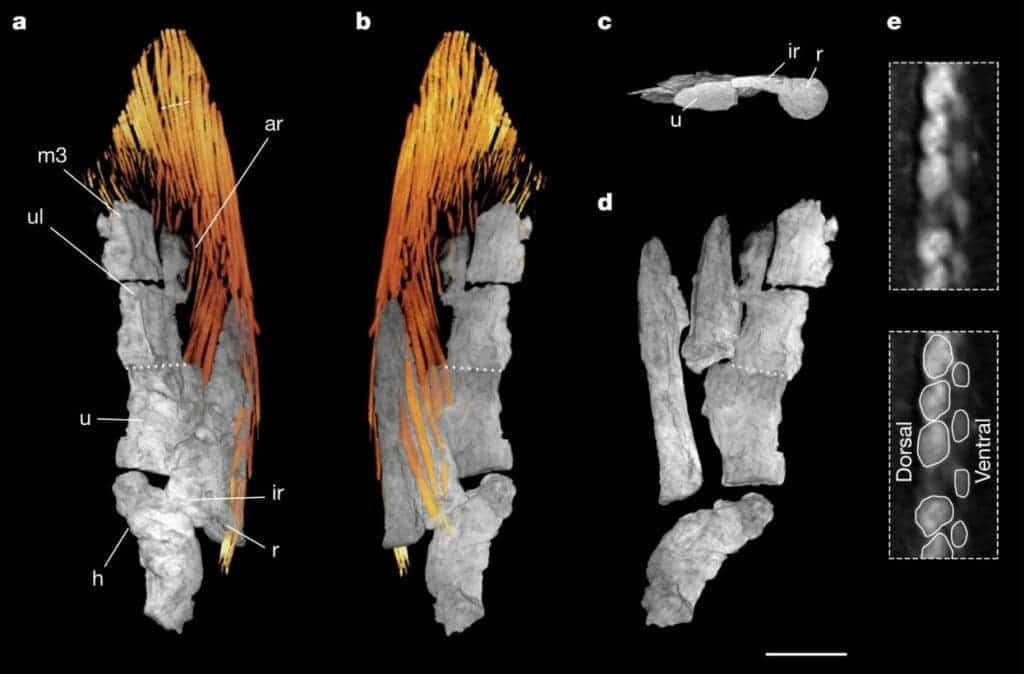A fossil unearthed in 2004 in the Canadian Arctic tells the story of a group of fishes that went from the sea to the land, then back to the sea again.


All organisms that live on dry land today can trace their origins to marine ancestors. The first animals to move out of the sea were a group of fishes belonging to the tetrapod family, which would go on to evolve into the multitude of species we see in the air and on land today, from amphibians and lizards to birds and mammals.
But it turns out that not all tetrapods thought life on dry land was a good deal. At least one branch of this family made the trek out from the ocean onto dry land some 365 million years ago and then doubled back into the seas. The species was named Qikiqtania wakei.
Its genus name, pronounced “kick-kiq-tani-ahh,” refers to the Inuktitut words Qikiqtaaluk or Qikiqtani, the traditional name for the region where the fossil was found. The species name honors the late David Wake, a renowned evolutionary biologist who served as a mentor and inspiration for many evolutionary and developmental biologists today.
I came, I saw, I wasn’t impressed
The specimen was found embedded in a piece of rock and outwardly showed fragments of the jaw about 2 inches (5 cm) long, with pointed teeth, and patches of white scales. The team at The University of Chicago used X-ray CT scanning to check if other parts of the animal remained hidden in the rock, finding a complete fin within.
This was an especially valuable find; fins like this can give researchers precious clues about the evolution of early tetrapods, and allow them to make reliable predictions about whether and how different species handled swimming and walking. Some tetrapods could prop their bodies up on the bottom of the water using their fins, and this ability likely allowed them to eventually venture out to land. The current specimen, however, had fins that seemed specially tailored for swimming.

The next step was to get a better, higher-resolution look at the fish’s skeleton. The university’s department of geophysical sciences helped with processing the rock that encased the specimen to allow for the CT scan to render a more accurate image of the fossil. The information thus obtained on the structure of the jaws, scales, and fin helped the team determine they were looking at a previously-unknown species, which they described. It also revealed that the animal is one of the closest known relatives of today’s limbed vertebrates — animals with fingers and toes.
While it was alive, the animal likely preferred rivers and streams in warm environments. Its scales prove that it lived underwater, as do sensory canals that served to detect the flow of water around the animal’s body. Based on the structure of the jaw, the team believes that Qikiqtania wakei was a meat-eating predator that drew food into its mouth by suction, then biting down and holding onto prey using a series of fangs.
However, one of the most surprising features of Qikiqtania was found in the fin: it contains a humerus bone, just like our upper arm. But its humerus is very strangely shaped. While the humerus bones of early tetrapods show a prominent edge on their underside and a distinctive set of bumps (which serve to anchor muscles), Qikiqtania lacks these features. Its humerus is thin and shaped like a boomerang, supporting a large, paddle-like fin. This structure points to specialization for swimming, whereas other tetrapods had fins better suited to propping the animals up on the bottom of lakes, streams, or on land.
As for why these differences between Qikiqtania and other tetrapods of the day emerged, the team believes that it had turned back from the water’s edge (where tetrapods tended to live) and re-specialized in life in open water.
The findings show how complicated and intricate a process evolution can be, with various branches of a lineage following different evolutionary strategies, heading off into any number of directions.
The paper “A new elpistostegalian from the Late Devonian of the Canadian Arctic” has been published in the journal Nature.






